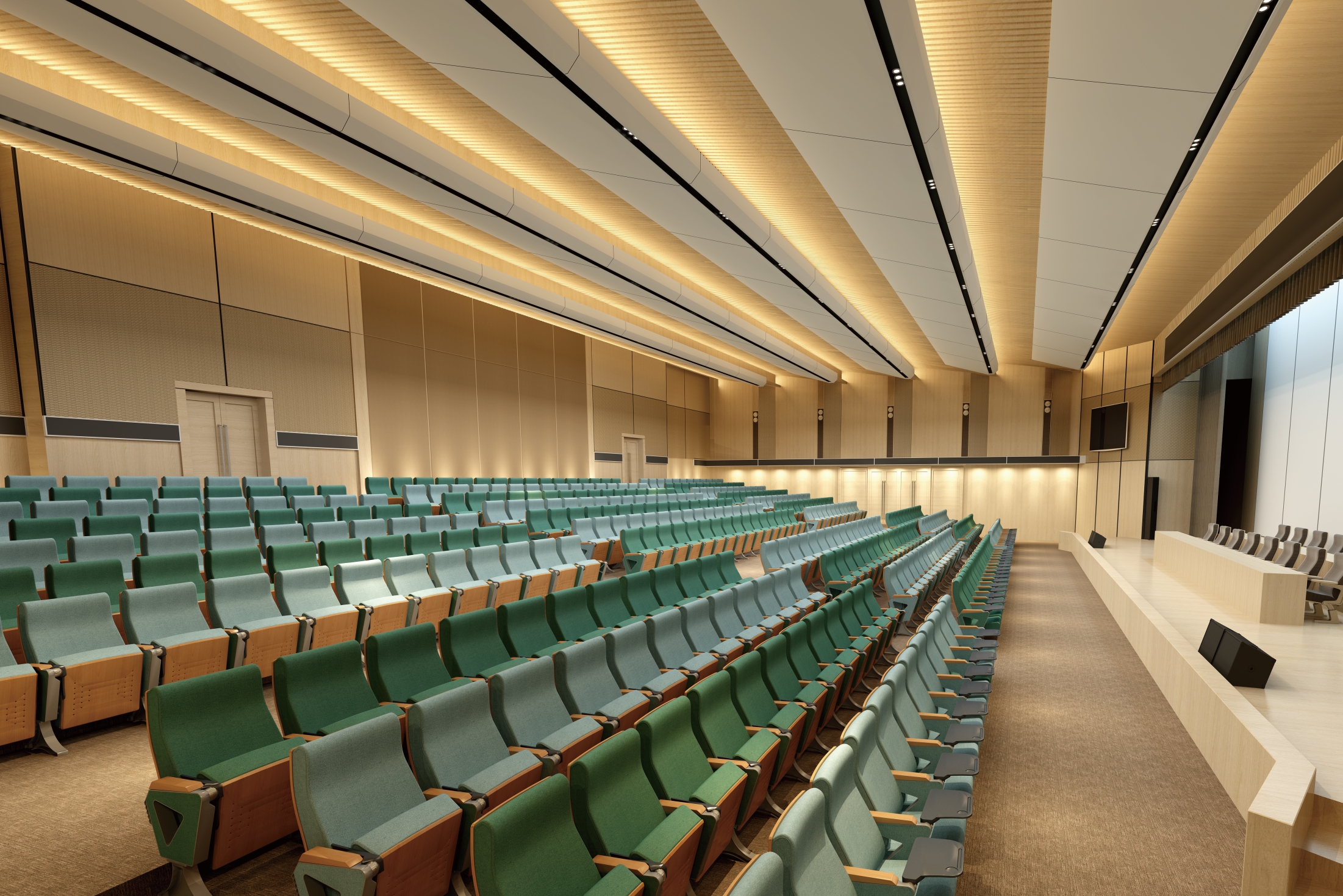The auditorium, a space designed for gatherings and performances, has been an integral part of human culture for centuries. From ancient Greek theaters to modern concert halls, the auditorium has evolved to accommodate the needs of a diverse range of events. A key component of this evolution is the auditorium seating, which has transformed from simple stone benches to sophisticated, ergonomically designed chairs. This article delves into the history, design, and significance of auditorium chairs and seats, exploring their role in enhancing the audience experience.
Historical Context
The concept of auditorium seating dates back to the ancient world. In ancient Greece, amphitheaters were carved into hillsides, with stone benches serving as seats for spectators. These early auditorium seats were rudimentary, with little consideration for comfort or ergonomics. However, they were effective in providing a view of the stage for large crowds.
As time progressed, the design of auditorium seating became more sophisticated. The Roman Colosseum, for example, featured tiered seating that allowed for better sightlines and easier movement of spectators. This design principle of tiered seating, known as “cavea,” is still used in modern auditoriums today.
The Middle Ages saw the construction of cathedrals and churches, which often included seating for the congregation. These seats, often made of wood, were more comfortable than their stone predecessors and were designed to accommodate long periods of sitting during services.
The Industrial Revolution brought about a new era of auditorium design, with the need for seating in factories, schools, and theaters. The introduction of mass production techniques allowed for the creation of more standardized and affordable auditorium chairs and seats.
Modern Auditorium Seating Design
In contemporary auditoriums, the design of chairs and seats is a complex process that takes into account factors such as comfort, aesthetics, acoustics, and accessibility. Modern auditorium chairs are often ergonomically designed to provide support and comfort over long periods of sitting.
One of the key considerations in auditorium seating design is sightlines. Seats must be arranged in a way that allows every audience member to have a clear view of the stage or screen. This often involves the use of tiered or raked seating, which angles the rows of seats to improve visibility.
Acoustics also play a significant role in the design of auditorium seating. The material and shape of the chairs can affect the way sound travels within the space. For example, fabric-covered chairs can absorb sound, reducing echo and enhancing the clarity of the audio experience.
Accessibility is another important consideration in modern auditorium seating. Seats must be designed to accommodate individuals with disabilities, including those who use wheelchairs. This often involves the inclusion of wheelchair-accessible seating areas and companion seats.
In addition to these functional considerations, the aesthetic appeal of auditorium seats is also important. The design of the seating can contribute to the overall ambiance of the space, with materials, colors, and styles chosen to complement the architecture and decor of the auditorium.
The Role of Auditorium Chairs and Seats in Enhancing the Audience Experience
The primary purpose of auditorium chairs and seats is to provide a comfortable and enjoyable experience for the audience. Comfortable seating can make the difference between an audience member fully engaging with a performance and feeling distracted by discomfort.
Moreover, the design of the seating can contribute to the overall atmosphere of the event. For instance, plush, upholstered chairs in a theater may evoke a sense of luxury and sophistication, while simple, minimalist seating in a lecture hall may convey a more academic and focused environment.
In addition to comfort and aesthetics, the arrangement of auditorium seating can also influence social dynamics. Seating that encourages mingling and conversation, such as cafe-style seating in a lobby area, can foster a sense of community and engagement among attendees.
The Future of Auditorium Seating
As technology continues to advance, the design of auditorium chairs and seats is likely to evolve further. Innovations such as smart seating, which integrates technology such as USB charging ports or even interactive screens, could become more common.
Furthermore, sustainability is becoming an increasingly important consideration in the design of auditorium seating. Designers are exploring the use of eco-friendly materials and manufacturing processes to reduce the environmental impact of auditorium chairs and seats.
Conclusion
The auditorium chair and seat have come a long way from the simple stone benches of ancient times. Today, they are a complex blend of ergonomics, aesthetics, and technology, designed to enhance the audience experience in a variety of settings. As the needs of audiences and the technologies available continue to evolve, so too will the design and function of auditorium seating, ensuring that it remains a vital component of the human cultural experience.
In conclusion, the journey of auditorium chairs and seats from their rudimentary beginnings to the sophisticated designs of today showcases the importance of comfort, functionality, and aesthetics in creating an immersive and enjoyable environment for audiences. As we look to the future, the continued evolution of auditorium seating will undoubtedly play a crucial role in shaping the way we experience live events and performances.
Post time: Sep-03-2024








